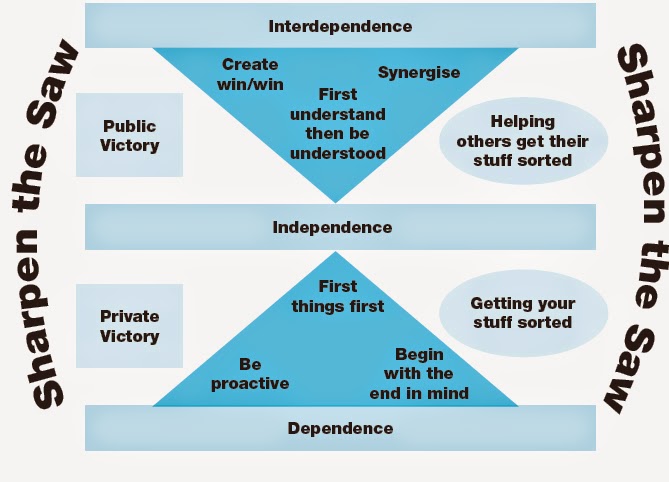

After the initial exposure to the pictures, both groups are shown one picture of a more abstract drawing. One group is shown, for instance, a drawing of a young, beautiful woman and the other group is shown a drawing of an old, frail woman. For example, many experiments have been conducted in which two groups of people are shown two different drawings. We see the world based on our perspective, which can have a dramatic impact on the way we perceive things. The problem with relying on the Personality Ethic is that unless the basic underlying paradigms are right, simply changing outward behavior is not effective. In this example, getting the right map is a necessary primary element before your secondary skills can be used effectively.

You may have excellent secondary skills in map reading and navigation, but will never find your destination if you are using a map of Detroit. Suppose you are in Chicago and are using a map to find a particular destination in the city. To illustrate the difference between primary and secondary traits, Covey offers the following example. Ralph Waldo Emerson once said, "What you are shouts so loudly in my ears I cannot hear what you say." One's character is what is most visible in long-term relationships. While secondary traits may help one to play the game to succeed in some specific circumstances, for long-term success both are necessary. The elements of the Character Ethic are primary traits while those of the Personality Ethic are secondary. This philosophy is known as the Character Ethic, under which success is attributed more to underlying characteristics such as integrity, courage, justice, patience, etc. It emphasized the deeper principles and foundations of success. However, during the 150 years or so that preceded that period, the literature on success was more character oriented. This philosophy can be referred to as the Personality Ethic.

The success literature of the last half of the 20th century largely attributed success to personality traits, skills, techniques, maintaining a positive attitude, etc. In some cases such tactical advice may have been effective, but only for immediate issues and not for the long-term, underlying ones. He noticed that since the 1920's, success writings have focused on solutions to specific problems. Covey reviewed 200 years of literature on success. While working on his doctorate in the 1970's, Stephen R. Inside-Out: The Change Starts from Within The following is a summary of the first part of his book, concluding with a list of the seven habits. Covey presented a framework for personal effectiveness. Covey's The 7 Habits of Highly Effective People


 0 kommentar(er)
0 kommentar(er)
